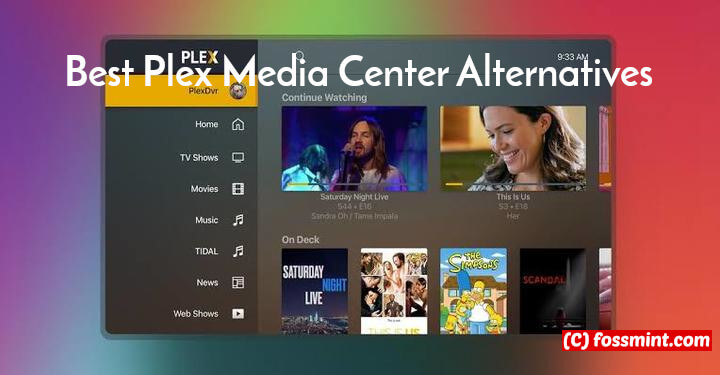

Insert the SD you’re using for RasPlex into your computer and launch the installer.Įverything in the installer happens in a single pane, so let’s break it down. You’ll need a PC for this first step, so grab the installer that matches the OS on your PC (we’re grabbing the Windows edition). Head over to the downloads page and grab the installer. Just about every major project under the sun, RasPlex included, has a user-friendly installer. The days of command-line work and headaches are gone when it comes to Raspberry Pi setup. Installing RasPlex: One Shot SD Card Setup and Easy Startup Wizard With all the prerequisites met, it’s time to dive into actually installing and configuring RasPlex. A keyboard will work fine for setup, but as mentioned above, you’ll want a remote that either works with HDMI-CEC, an infrared receiver like the Flirc, or the Plex app for your phone. Third, and finally, you’ll need something to control the RasPlex. If you’re new to the Raspberry Pi, be sure to visit our Pi guide to make sure you get the best stuff. You’ll also need all the necessary Pi accessories-an SD card, a power source, etc. While we tested RasPlex on multiple editions of the Pi, including the Raspberry Pi 1, 2, and 3, we really recommend using a Raspberry Pi 2 or newer for the smoothest experience. Second, and more obviously, you’ll need a Raspberry Pi-the newer the better. RELATED: How to Set Up Plex (and Watch Your Movies on Any Device) If you don’t, hit up our guide to getting started with Plex to set up your server. First and foremost, this tutorial presumes that this is not your first home media center rodeo and you already have a Plex server up and running. To follow along with our RasPlex tutorial you’ll need to square a few things away before diving in. RELATED: How to Enable HDMI-CEC on Your TV, and Why You Should What You Need And to top it all off, it’s cheap-the Pi is only $35, and you can leave it running 24/7 because it uses less than a penny of electricity a day. The Pi supports traditional remote controls through either HDMI-CEC, an infrared receiver, or the Plex app for iOS and Android. The user interface is polished and light years ahead of the sluggish and dated looking Plex interfaces you find on too many Smart TVs. The heart of RasPlex is the open source Plex Home Theater (a branch of the XBMC/Kodi development tree) and it’s nice and snappy. You can also pair Plex and the Chromecast, but this solution lacks a physical remote, which isn’t very family-friendly.Ī Raspberry Pi running RasPlex, however, erases all those issues in one swoop. Some Smart TVs, for example, have a built in Plex client, but the performance is usually lackluster and updates are sparse. There are a wide variety of ways you can use Plex on your HDTV, but many of them have shortcomings that are easily overcome by using an inexpensive Raspberry Pi.


 0 kommentar(er)
0 kommentar(er)
